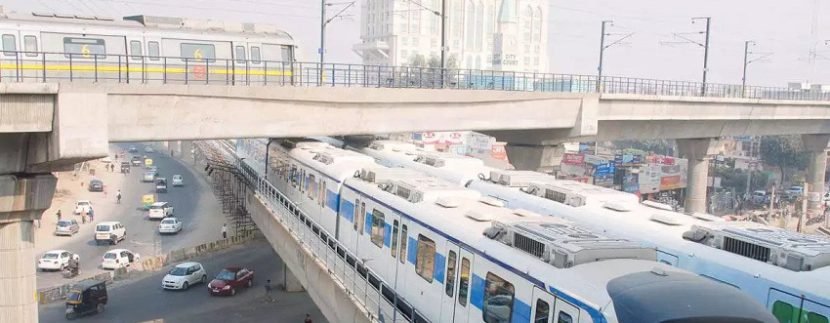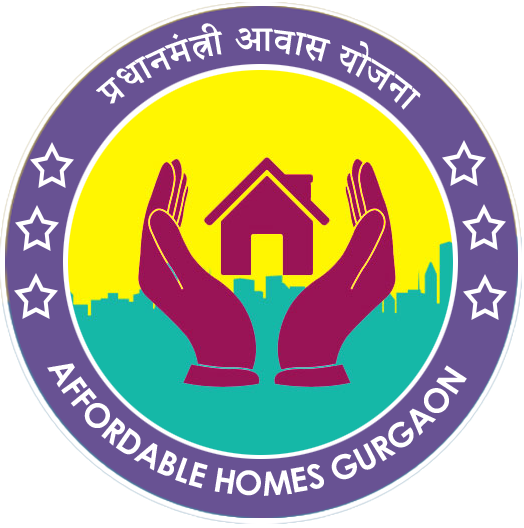Haryana govt clears final DPR of Metro Rail Connection from HUDA City Centre to other parts of Gurugram

In order to provide Metro connectivity to the residents of old Gurugram, the Haryana cabinet on Thursday accorded approval for final Detailed Project Report (DPR) of Metro Rail Connection from HUDA City Centre to various important locations in the city at a cost Rs. 6821.13 crore.
The total length of the corridor shall be about 28.80 km, consisting 27 elevated stations with six interchange stations. This link would start at HUDA City Centre and move towards Sector 45, Cyber Park, district shopping centre, Sector 47, Subhash Chowk, Sector 48, Sector 72 A, Hero Honda Chowk, Udyog Vihar Phase 6, Sector 10, Sector 37, Basai village, Sector 9, Sector 7, Sector 4, Sector 5, Ashok Vihar, Sector 3, Bajghera Road, Palam Vihar Extension, Palam Vihar, Sector 23 A, Sector 22, Udyog Vihar Phase 4, Udyog Vihar Phase 5 and finally merge in existing Metro network of Rapid Metrorail Gurugram at Moulsar Avenue station near Cyber City.
This Mass Rapid Transit System (MRTS) project will facilitate maximum part of Gurugram city. It will interchange with MRTS Corridor at Subhash Chowk, with bus stand at Sector 10, with railway station at Sector 5 and with Rapid Metro at Moulsar Avenue Station.
MRTS Corridor at Subhash Chowk will interchange with the Yellow Line at HUDA City Centre and therefore, will provide direct connectivity to a large part of Gurugram with Delhi. It will also interchange with RRTS stations at Hero Honda Chowk and Sector -22 and will provide connectivity up to Sarai Kale Khan (SKK), New Delhi side and on one Shahjahanpur, Neemrana and Behror (SNB), Rajsathan on the other side. These linkages will enhance the efficiency of the transportation system in the National Capital Region (NCR).
The daily ridership on the study corridor for the years 2025, 2031 and 2041 is expected to be 5.34 lakh passenger trips, 7.26 lakh passenger trips and 8.81 passenger trips respectively.
The introduction of MRTS is expected reduction in the number of buses, Intermediate Public Transport (IPT), usage of private vehicles. This, in turn, will result in significant social benefits due to reduction fuel consumption, vehicle operating cost and travel time of passengers. Besides this, it will also help in reduction in accidents, pollution and road maintenance costs are the other benefits.
